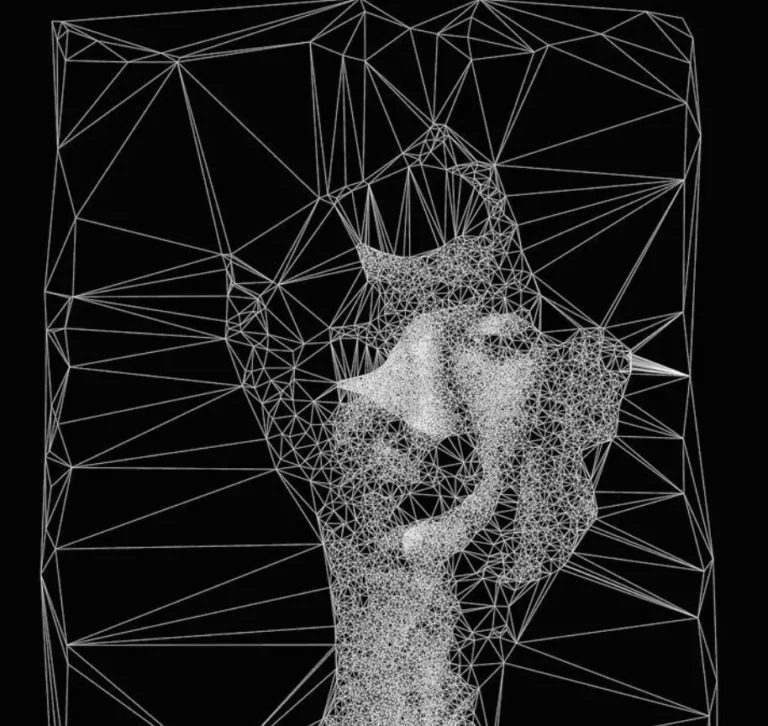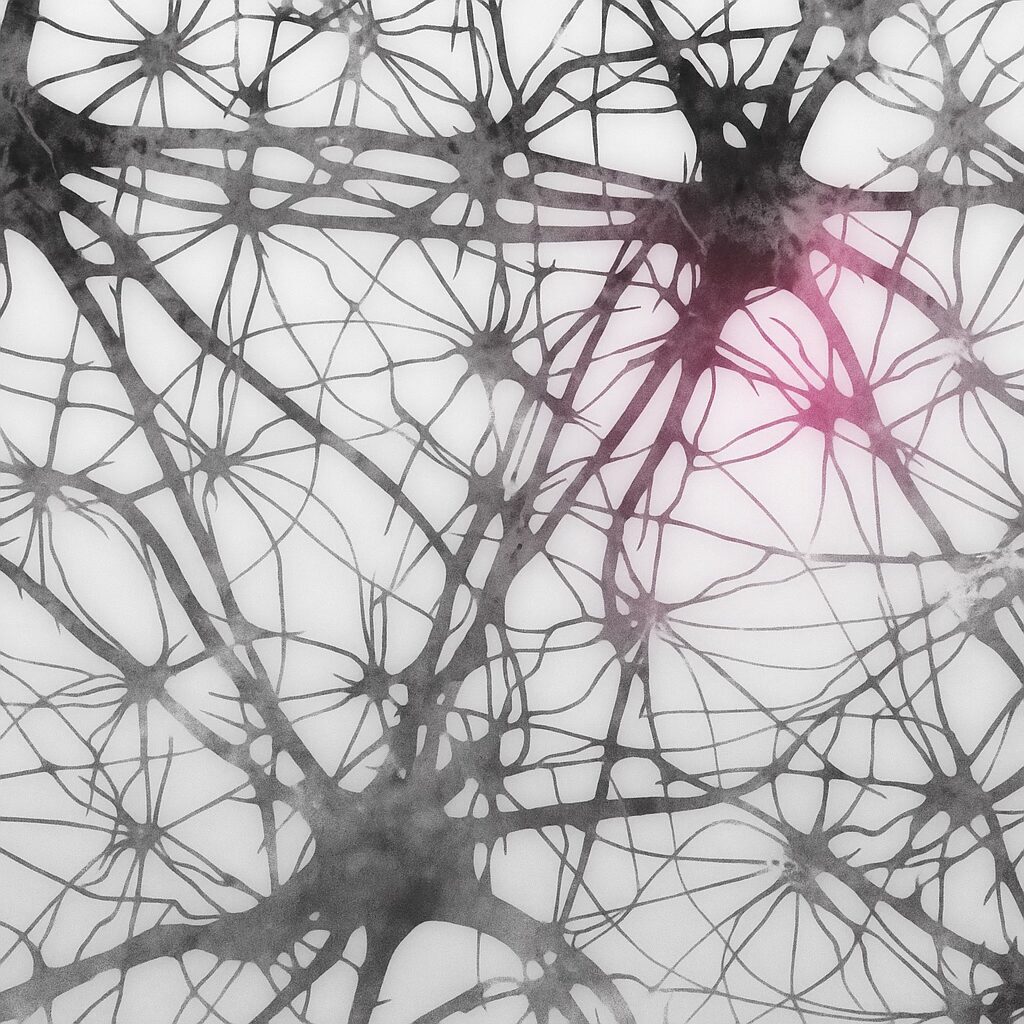Artificial Neural Networks
The gap between what computers can do and what humans can do is getting smaller.
One of the advances that has fueled this trend is the computational model known as the artificial neural network. It is an approach to building artificial intelligence — programs that imitate certain human cognitive functions.
To understand them better, we can look at how the simplest networks work and how these same ideas allow us to build much larger and more complex structures.
 The human brain contains more than 80 billion neurons that exchange information through tiny electrical impulses. These neurons are not all interconnected, but form specialized networks that perform specific functions. This is how we learn: connections between neurons strengthen or weaken based on experience.
The human brain contains more than 80 billion neurons that exchange information through tiny electrical impulses. These neurons are not all interconnected, but form specialized networks that perform specific functions. This is how we learn: connections between neurons strengthen or weaken based on experience.
Inspired by this mechanism, artificial neural networks (ANNs) were invented. They began as an attempt to emulate the mammalian brain, but today they have taken on a role of their own:
- they can identify people in images,
- play chess or Go,
- and even assist doctors with medical diagnoses.
In short, ANNs learn to perform complex tasks that were once only possible for humans.
Artificial neurons
Just as biological neurons are the basic units of the brain, artificial neurons are the building blocks of an artificial neural network. They receive information, respond to stimuli, and when grouped into networks, they are able to generate patterns and computational knowledge.
Origins and evolution
The first artificial neural networks were developed in the mid-20th century, inspired by research into the human brain. One of the earliest models, the perceptron, showed that computers could learn simple patterns from data. Although these early models had many limitations, the combination of greater computing power and access to large volumes of data has made ANNs a key element of modern artificial intelligence.
Everyday applications
Today, we use neural networks without even realizing it. When a smartphone recognizes our voice and turns speech into text, when an automatic translator suggests the best sentence, or when a music platform recommends songs we might like, neural networks are at work behind the scenes. These applications show how the technology has moved from a strictly scientific field into our daily lives.
Challenges and limitations
Despite their success, neural networks also face challenges. They require enormous amounts of data to train, they can consume large amounts of energy, and they often act as “black boxes”: they provide useful results, but it is difficult to understand exactly why they made a specific decision. These limitations raise important debates about transparency, ethics, and the sustainability of AI.
For further reading, you can check this reference article on Wikipedia about artificial neural networks.

